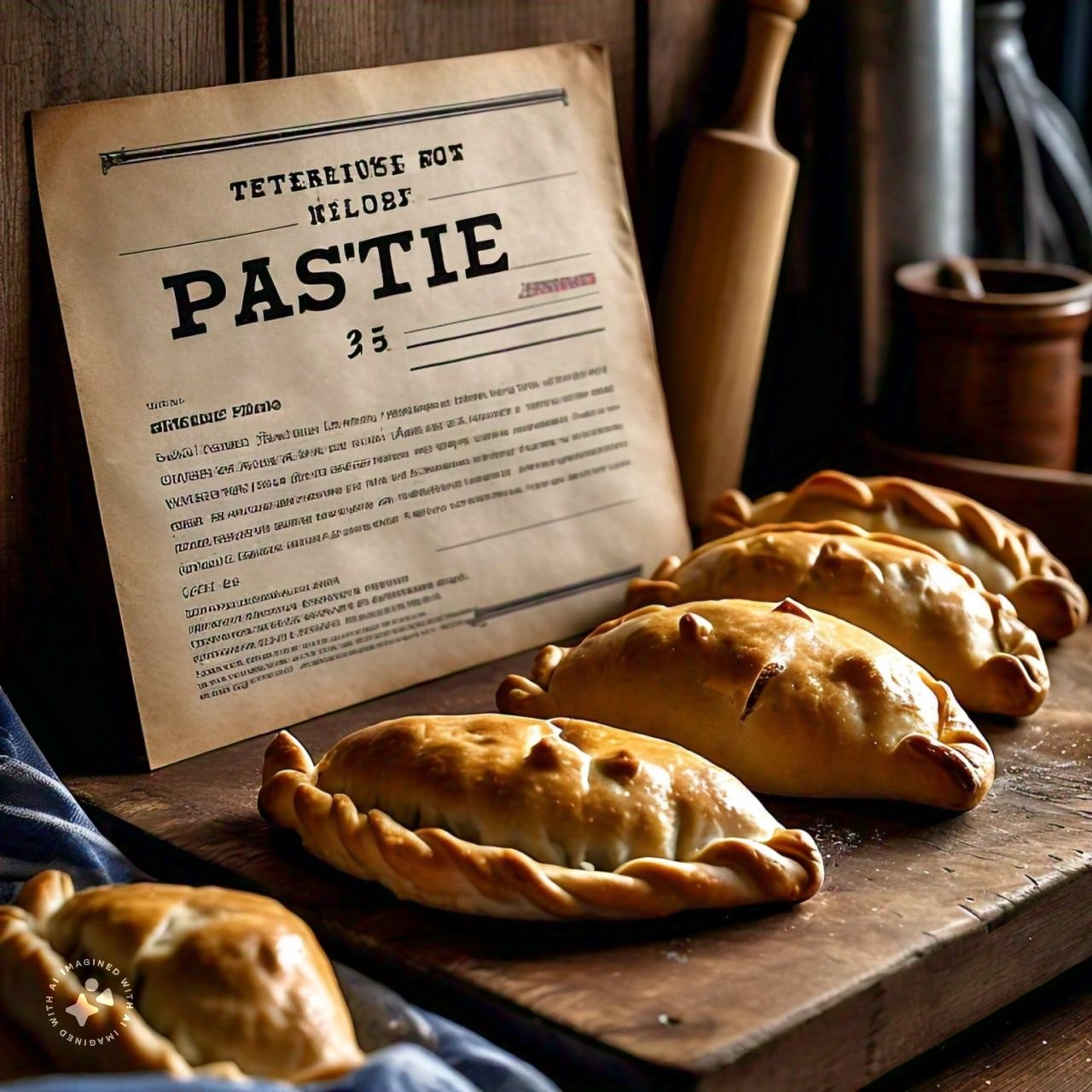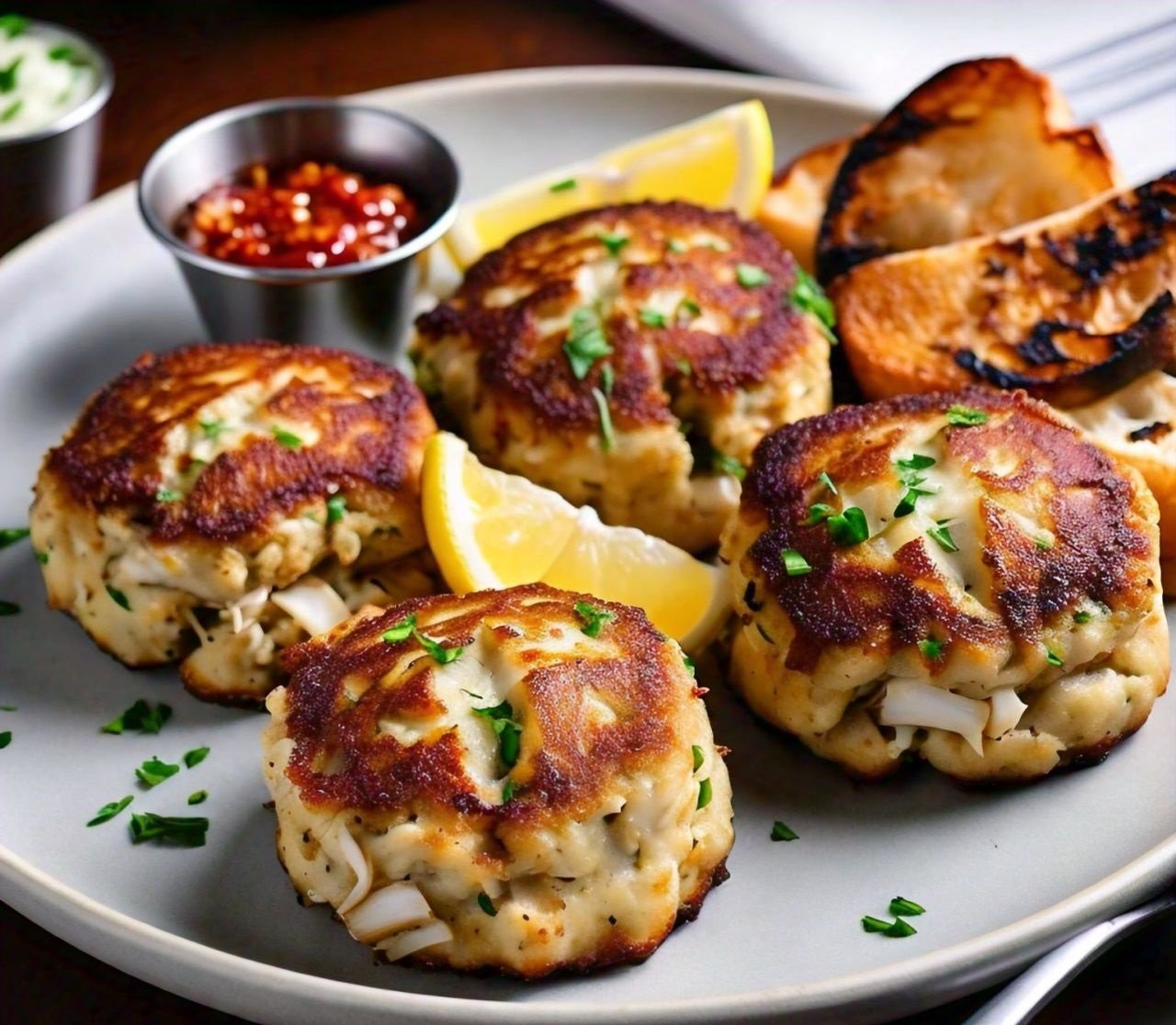A Golden Handheld Delight: Unveiling the Allure of Pasties
Pasties – these golden-brown, crescent-shaped pastries aren’t just a delicious hand-held meal, they’re a symbol of culinary heritage and resourcefulness. Hailing from Cornwall, England, pasties have become a beloved dish across the globe, particularly in the United States. Encasing a savory filling of meat and vegetables within a flaky pastry crust, pasties offer a delightful textural contrast and a burst of flavor in every bite. This comprehensive guide delves into the world of pasties, exploring their fascinating history, the essential ingredients and techniques for crafting the perfect pasty, and delectable recipes to tantalize your taste buds.
A Cornish Tradition: Tracing the Origins of Pasties
The exact origin of pasties remains unclear, but their story is deeply intertwined with the rich history of Cornish mining:
-
A Miner’s Necessity: Pasties likely originated as a practical meal for Cornish miners. The thick pastry crust served as a protective casing, allowing miners to hold the filling without dirtying their hands, and the hearty ingredients provided sustained energy throughout a long shift.
-
A Simple Yet Satisfying Meal: Made with readily available ingredients like meat, vegetables, and flour, pasties offered a simple yet nourishing meal for working-class families.
-
A Global Legacy: As Cornish miners migrated across the globe, they brought the pasty tradition with them. Today, variations of pasties can be found in various regions, including the Upper Peninsula of Michigan in the United States.
Transition: From their humble beginnings as a miner’s necessity to their current status as a global comfort food, pasties continue to be a beloved dish that embodies resourcefulness and culinary tradition.
The Art of the Pasty: Ingredients for a Flaky Perfection
The magic of the pasty lies in its use of simple, high-quality ingredients and the perfect balance between a flaky crust and a savory filling:
-
Pastry Dough: Traditionally made with flour, butter, and water, the pastry dough provides a flaky and golden-brown encasing for the filling. Shortcrust pastry is often used for its crumbly texture.
-
Meat Filling: Beef skirt steak is the traditional choice, although other meats like ground lamb or pork can be used. The meat is typically diced or chopped.
-
Vegetables: Potatoes, rutabagas (also known as swede in the U.K.), and onions form the base of the vegetable filling, offering a balance of textures and flavors.
-
Seasonings: Salt, pepper, and other herbs like thyme or parsley add depth of flavor to the filling.
-
Optional Ingredients: Cheese, peas, carrots, or other vegetables can be incorporated for additional flavor variations.
Transition: With these essential ingredients on hand, let’s explore some delectable pasty recipes to inspire your culinary adventures.
Crafting Delicious Convenience: Pasty Recipes to Savor
This collection features two pasty recipes, showcasing the traditional Cornish filling and a vegetarian option, highlighting the versatility of this handheld meal:
Classic Cornish Pasty:
This recipe offers a straightforward and delicious take on the traditional Cornish pasty, featuring diced beef and a medley of vegetables.
Ingredients:
-
For the Pastry Dough:
- 2 ½ cups all-purpose flour
- 1 teaspoon salt
- 1 cup (2 sticks) cold unsalted butter, cubed
- ¼ – ½ cup ice-cold water
-
For the Filling:
- 1 pound beef skirt steak, diced
- 2 large potatoes, peeled and diced
- 1 large rutabaga, peeled and diced
- 1 large onion, diced
- ½ teaspoon salt
- ¼ teaspoon black pepper
- ¼ teaspoon dried thyme
- 1 egg, beaten (for egg wash)
Instructions:
- Make the Pastry Dough: In a large bowl, combine flour and salt. Using a pastry cutter or your fingertips, cut the cold butter into the flour mixture until it resembles coarse crumbs. Gradually add ice-cold water, one tablespoon at a time, until the dough just comes together. Be careful not to overmix. Form the dough into a disc, wrap in plastic wrap, and refrigerate for at least 30 minutes.
- Prepare the Filling: In a large bowl, combine diced beef, potatoes, rutabaga, onion, salt, pepper, and thyme. Mix well.
- Assemble the Pasties: Preheat oven to 400°F (200°C). On a lightly floured surface, roll out the chilled dough to a circle about 12 inches (30 cm) in diameter. Spoon the filling onto one half of the dough circle, leaving a 1-inch border around the edge. Brush the edges with beaten egg. Fold the other half of the dough over the filling and crimp the edges to seal. Repeat with remaining dough and filling.
- Bake: Brush the top of the pasties with egg wash and pierce a small vent hole in the top. Transfer to a baking sheet lined with parchment paper. Bake for 45-50 minutes, or until the pastry is golden brown and the filling is cooked through.
- Serve: Let the pasties cool slightly before serving. Enjoy warm or at room temperature.
Transition: This classic Cornish pasty recipe showcases the traditional savory flavors. The next recipe explores a vegetarian variation.
Vegetarian Pasty:
This recipe incorporates lentils and vegetables for a hearty and flavorful vegetarian option.
Ingredients:
-
Follow ingredients for the Pastry Dough from the Classic Cornish Pasty recipe.
-
For the Filling:
- 1 cup green lentils, cooked according to package instructions
- 2 large potatoes, peeled and diced
- 1 large carrot, peeled and diced
- 1 large onion, diced
- 1 cup frozen peas
- ½ cup chopped mushrooms (optional)
- ½ teaspoon salt
- ¼ teaspoon black pepper
- ¼ teaspoon dried thyme
- 1 tablespoon olive oil
- 1 egg, beaten (for egg wash)
Instructions:
- Follow steps 1-3 from the Classic Cornish Pasty recipe to make the pastry dough and prepare the filling.
- Sauté Vegetables: In a large skillet, heat olive oil over medium heat. Sauté the diced onion and carrot until softened, about 5 minutes. Add the diced mushrooms (if using) and cook for an additional 2 minutes.
- Assemble and Bake: Follow steps 3-5 from the Classic Cornish Pasty recipe, incorporating the cooked lentils, vegetables, and peas into the filling.
Transition: These recipes showcase the versatility of pasties. Feel free to experiment with different vegetables, cheeses, or meats to personalize your experience.
A Legacy of Resourcefulness: The Importance of Pasties in the United States
Pasties transcend their status as a delicious handheld meal; they hold a special place in American cuisine, particularly in certain regions, for several reasons:
-
A Symbol of Mining Heritage: In the United States, pasties are particularly significant in the Upper Peninsula of Michigan, where Cornish miners settled in the 19th century. Pasties became a staple food for these miners, reflecting their resourcefulness and the importance of portable, hearty meals.
-
A Celebration of Local Ingredients: Pasties traditionally utilize readily available ingredients like potatoes, vegetables, and meat. This focus on local bounty resonates with the values of self-sufficiency and community in these mining regions.
-
A Cultural Touchstone for Immigrant Communities: Pasties represent a piece of Cornish cultural heritage passed down through generations in American immigrant communities. They serve as a reminder of their roots and a way to connect with their ancestry.
-
A Versatile and Adaptable Dish: The basic concept of pasties – a savory filling encased in a pastry crust – allows for endless variations. This adaptability has contributed to their enduring popularity in the United States, where cooks have incorporated local ingredients and flavors.
-
A Comfort Food for All Occasions: Pasties are a convenient and portable meal, perfect for lunchboxes, picnics, or a quick and satisfying snack. Their comforting flavors and familiar taste make them a beloved dish across generations.
Transition: From their connection to mining heritage and local ingredients to their role as a cultural touchstone and versatile comfort food, pasties continue to be a significant part of the culinary landscape in certain regions of the United States.
A Global Look at Handheld Savory Treats: Beyond Pasties
While pasties hold a special place in the United States, other cultures offer their own interpretations of handheld savory treats:
-
Empanadas (Latin America): These crescent-shaped pastries come in various fillings, from meat and cheese to vegetables and seafood.
-
Samosas (India): These fried or baked pastries feature a flaky exterior and savory fillings like spiced potatoes, lentils, or meat.
-
Gyoza (Japan): These crescent-shaped dumplings are typically pan-fried and filled with meat and vegetables.
-
Cornish Slice (Australia): A close relative of the pasty, Cornish slices are typically rectangular and feature similar fillings.
These international examples showcase the global appeal of handheld savory treats and the diverse ways cultures utilize dough and fillings to create delicious and portable meals. From the flaky empanadas of Latin America to the pan-fried gyoza of Japan, these dishes offer a delightful and convenient way to experience a variety of flavors and textures.
Conclusion: A Bite-Sized Legacy
Pasties are more than just a savory pastry filled with meat and vegetables; they’re a symbol of resourcefulness, a testament to mining heritage, and a reminder of the importance of local ingredients. Their enduring appeal lies in their portability, versatility, and ability to evoke a sense of comfort and cultural connection. So, the next time you crave a delicious and satisfying handheld meal, consider whipping up a batch of pasties. Savor the flaky crust, appreciate the rich history, and experience a delightful bite-sized legacy!



